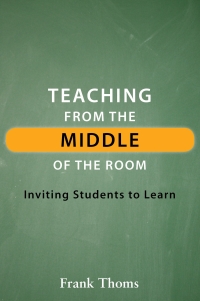The Animal School
“At the end of the year," Reavis writes, "an abnormal eel that could swim exceedingly well, and also run, climb, and fly a little, had the highest average and was valedictorian.”
Throughout my fifty years in education, despite newer resources and methods, most schools have held on to embedded practices derived from factory-designed schools in the early 20th century. They focused on delivery of information, not on engagement and critical thinking. Reavis invites us to see that the emperor is not wearing any clothes. Traditional schooling, while its classrooms have been open to all who enter, have been inadequate in curricula and methods. The pandemic revealed many of its flaws.
Most of us remember sitting at desks and listening to our teachers cover material, just listening. We may even remember that the delivery of information was aimed for the middle, focused on average test scores like those for Reavis’s duck, rabbit, squirrel, and eagle. And we understood we were to pay more attention to our grades than to what we were learning.
“The Animal School” fable invites all of us, teachers and citizens, to pay attention to public education today. Given pressures from the right to ban books, to control curricula, to interfere with teachers, we can speak up against these pressures and advocate for practices that prepare students for today’s complex world. We can attend school board meetings, share our views with friends, post in social media, and vote for progressive school board candidates. Our democracy depends upon good schools now more than ever.
Invite teachers you know to read my blog, written with them in mind, to provide hope in these troubled times.

